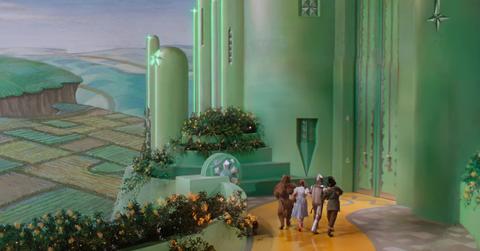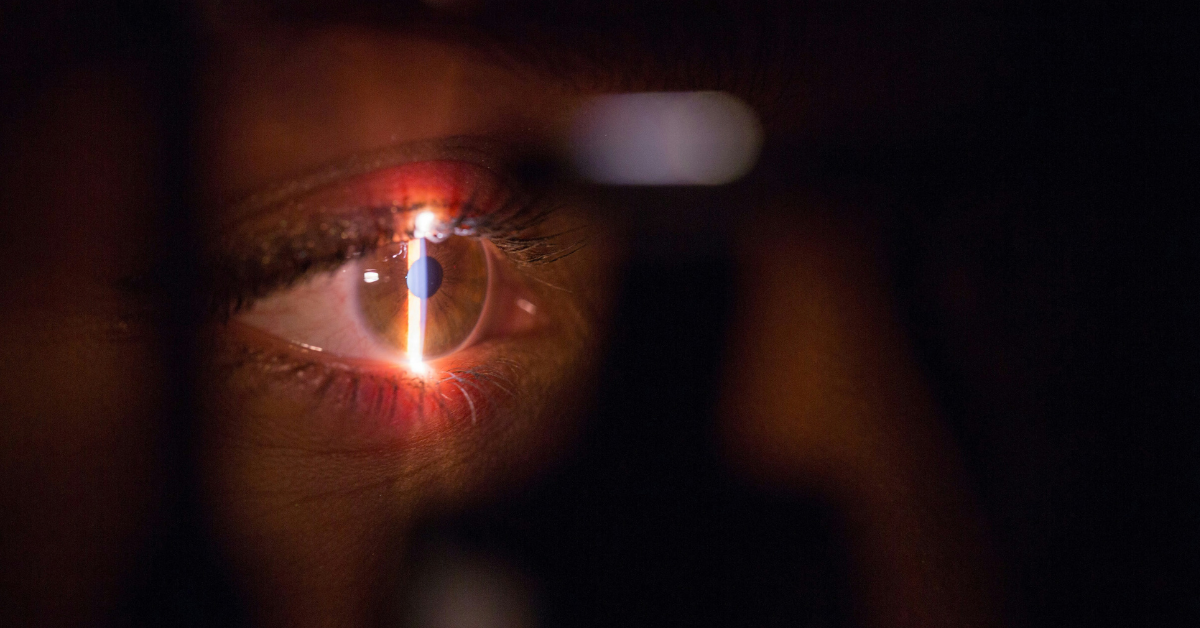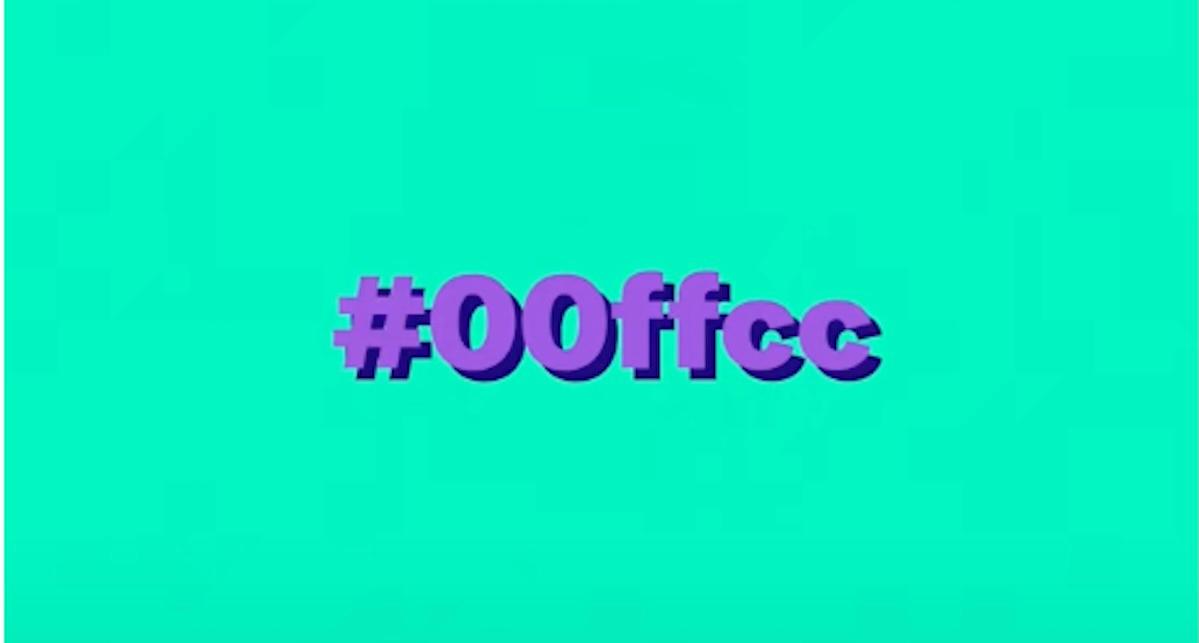Scientists Have Discovered a New Color That Can't Be Seen With the Naked Eye
"Olo" is described as a very saturated blueish green color.
Published April 30 2025, 2:05 p.m. ET

Scientists have unlocked a new color. According to reports, a group of researchers were able to create a new color using a complex system that involves accessing colors that are beyond the human eye's typical range.
But, before you run to your local paint store to grab a sample of the shade, you'll need to understand exactly how the new color was discovered, and where you'll need to go to see it.
Because unlike all the different variations we can find in nature and on the shelves of our local Home Depot, this color is a whole lot harder to come by. In fact, only a limited number of people have even seen this color and to do so, they had to head to the lab to visit the magical land of the Wizard of Oz.
Intrigued? Keep reading to learn more.

What is the color olo?
The discovery was published in the paper Science Advances by researchers on April 25, 2025. There, they documented how they were able to access the color — which is described as a very saturated blueish green color — using a laser named Oz, after the technicolor nature of the Wizard of Oz.
The researchers told Scientific American that the color can best be described as teal-ish, which is represented by the hexadecimal code #00ffcc.
To offer another suggestion of how those outside of the study could picture the color, they said to imagine seeing the color teal on your computer. Next, you would go into your monitor's settings, turning the saturation all the way up. While they say even that won't allow you to experience the full glory that is olo, it will get you as close as you can be without visiting the lab.

How to see the color olo:
Unfortunately, you won't be able to see olo anytime soon. According to the researchers, only five people have seen the shade, and they had to use Oz to do it.
This involves sitting in a dark lab in front of the device, where lasers are then shone into the retina. From there, they identify cone cells, separating them into S, M, or L. Then, they select all of the M cells, and fire the light directly into those.
Ren Ng, one of the study's authors, says we shouldn't expect to see people lining up to use the device now that the news is out there, because it's not exactly a comfortable process. "This is not a consumer-oriented device, right?" he told Scientific American. "This was a basic visual science and neuroscience project."
Still, the discovery of a new color is big news, and we can understand why some people would be in a hurry to be among the select few to check it out.
Unfortunately for them, that select few looks like it will remain limited to three of the study's authors, as well as two other folks who were working at the University of Washington at the time the research was performed.
Knowing that this color can't be replicated in the real world without Oz, it's unlikely that we'll ever truly be able to appreciate just how bright it is. For now, we'll just have to settle for the descriptions that the study participants offered up in their paper.